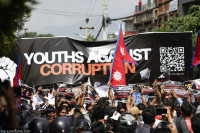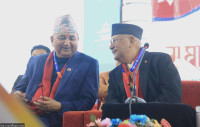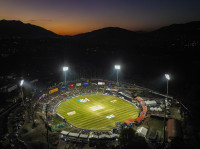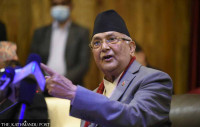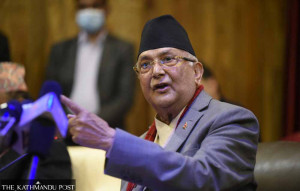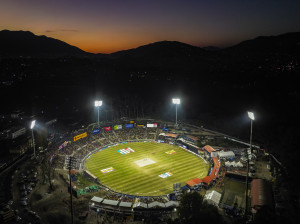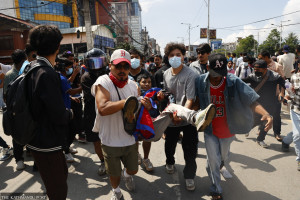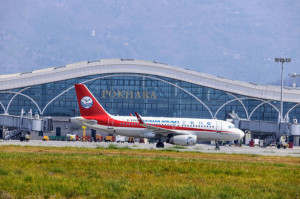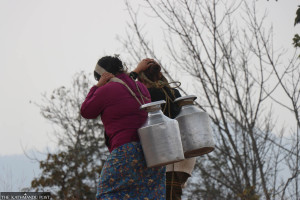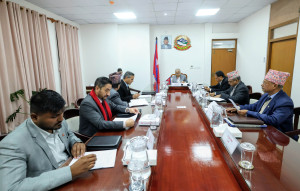Editorial
Divided, Gen Z falls
Divisions among the Gen Z groups are unhealthy, both for themselves as well as the country.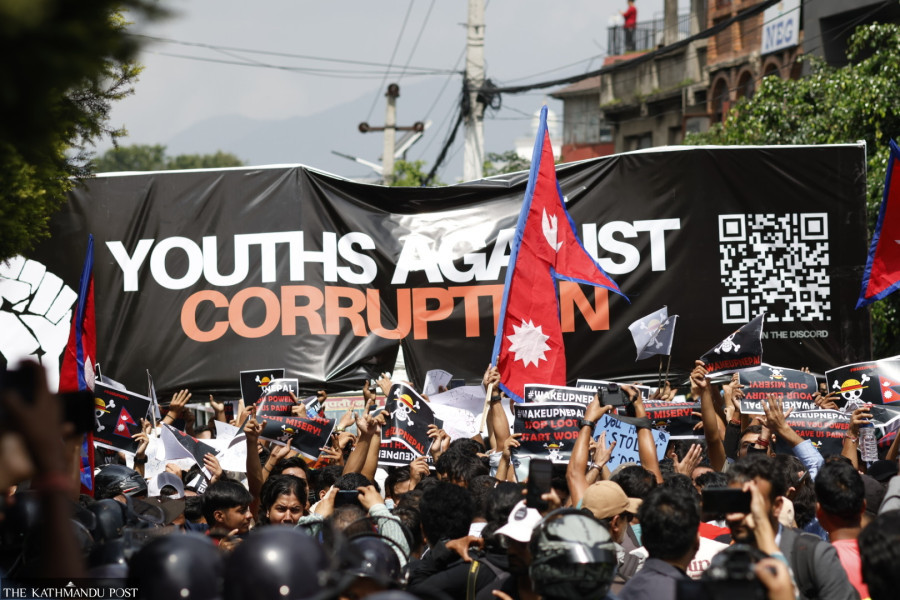
A lot has changed in Nepali politics in a month. Yet the Gen Z groups remain divided as ever. Even before the start of the September 8 protests, multiple groups had emerged, each claiming to be ‘leaders’ of the movement. Many had competing agendas. This, unfortunately, is still the case. In this muddle, other forces have tried to hijack the Gen Z movement and to delegitimise its core agendas. The interim government, which is tasked with holding elections in March 2026, is now facing difficulties in handling these divided Gen Z-ers. On Saturday, for instance, when President Ramchandra Paudel invited 20 people representing Gen Z for a meeting at his office, other Gen Z groups who felt sidelined began to protest outside Sheetal Niwas.
They went so far as to label Sudan Gurung, a representative of Hami Nepal, an organisation active both during and after the Gen Z protests, as “foreign agent” and “anti-national”. Some asked for the resignation of Prime Minister Sushila Karki. Other Gen Z invitees were also demeaned in various ways. Outraged protesters said they would hit the streets again if they continued to be sidelined in discussions with the government.
Again, such divisions among the Gen Z representatives is dangerous. Not only will regressive elements try to mount a comeback by using their divisions. So long as Gen Z groups remain divided, they are also unlikely to convince the Nepali voters, who have long sought political stability. In other words, what is happening within the Gen Z groups is a big deviation from their core agenda of clean and accountable governance.
It is high time the Gen Z groups engaged in some soul-searching and hammered out their differences in private. But as they do so, some things should also be clear. In the name of Gen Z representation, regressive demands like the restoration of monarchy cannot be accepted. All such demands for radical reforms in government form or state structure must be endorsed by the sovereign legislature. So if some want to see the monarchy restored or to have an executive president, they must go to the polls with these agendas. Right now, the focus should be on the March 5 elections—making them as free and fair as possible. The failure to do so will be costly.
Coming back to who should represent Nepal’s Gen Z in the meetings with the government, a few things have to be kept in mind. Extremists of all kinds should be barred. So should the regressive elements. The representative group must also be inclusive, with adequate reflection of the country’s rich diversity. In the end, it will be devastating if this spirit of change kindled by the blood and sacrifice of so many young souls is snuffed out due to divisions within the Gen Z groups. On the other hand, the Gen Z representatives will have given them the biggest possible tribute if they can help the government clear hurdles to timely polls. The strong presence of Gen Z candidates and parties will be the icing on the cake.




 21.12°C Kathmandu
21.12°C Kathmandu